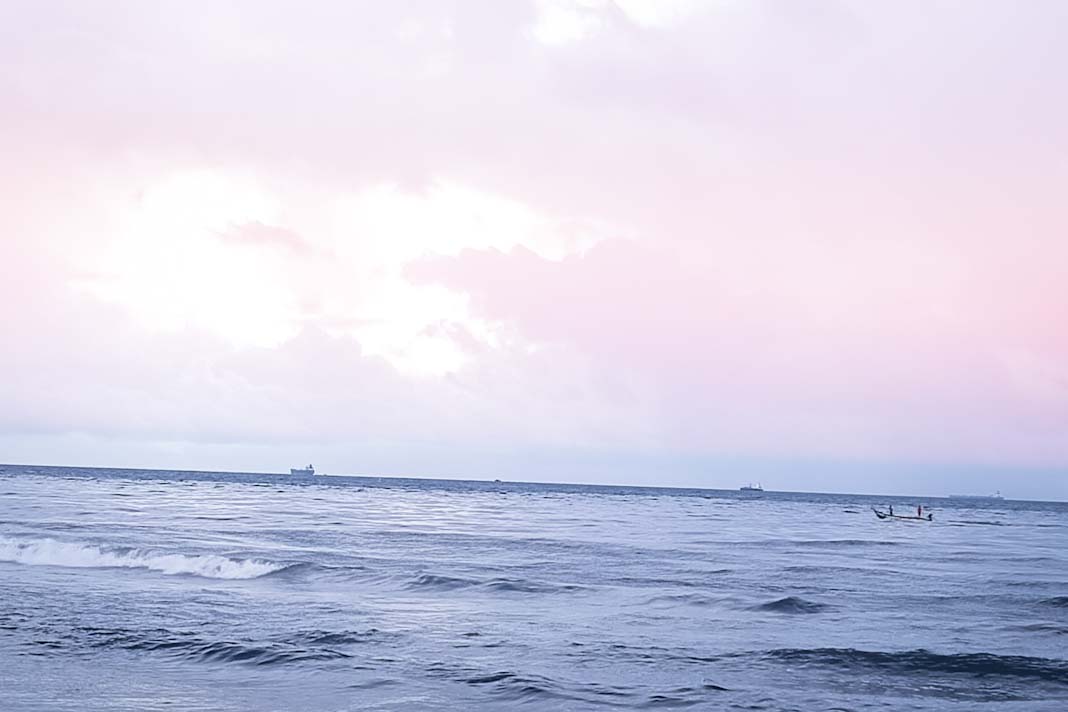
- Only 2 vessels operated by Transpacific niche carriers in Q1 2025 would be affected by the new USTR fee targeting Chinese-built ships.
- Matson and SM Line each operate one impacted vessel, but can likely mitigate costs by substitution or distribution across their fleets.
- Chinese carrier Hede Shipping faces severe financial penalties, potentially forcing it out of the U.S. Transpacific trade altogether.
Sea-Intelligence’s Issue 712 of the Sunday Spotlight examined the implications of the U.S. Trade Representative’s revised plan to impose tariffs on Chinese-built vessels, as well as additional penalties for Chinese shipping lines. The analysis focused on small, independent niche carriers in the Transpacific trade, who are less diversified than global carriers but operate smaller fleets with limited exposure to Chinese shipyards.
In Q1 2025, five niche Transpacific carriers deployed a total of 49 vessels, with only 14 built in China. Due to exemptions for ships under 4,000 TEU, only 2 vessels in the group would be impacted by the proposed vessel fee.
Impact Isolated to Two Carriers
Of the two affected ships, one is operated by Matson and one by SM Line. These represent just 10% and 9% of their respective Transpacific fleets and only 4% of the total vessels used by niche carriers on this route. With relatively small exposure, both carriers are well-positioned to substitute these ships or absorb the fee across their broader fleet operations.
Hede Shipping Faces Heavy Penalties
Unlike the others, Hede Shipping—being a Chinese carrier—is subject to an additional fee simply for its national origin. The exemption for sub-4,000 TEU vessels does not apply to them. Should the proposal take effect in October 2025, Hede Shipping would incur an average cost of $667,000 per U.S.-bound voyage. By April 2028, this figure would rise steeply to $1.9 million per voyage under the fully phased-in structure. Such financial pressure would likely render Hede Shipping’s U.S. operations on the Transpacific route unsustainable.
Flexibility Shields Larger Carriers, But Threat Remains for Some
While major global carriers with diversified fleets may manage by reallocating vessels, the niche carriers’ limited reliance on Chinese-built ships buffers them from severe impacts. However, for Chinese-owned lines like Hede, the revised USTR policy may result in a forced withdrawal from U.S. trade lanes.
Did you subscribe to our daily Newsletter?
It’s Free Click here to Subscribe!
Source: Sea Intelligence























